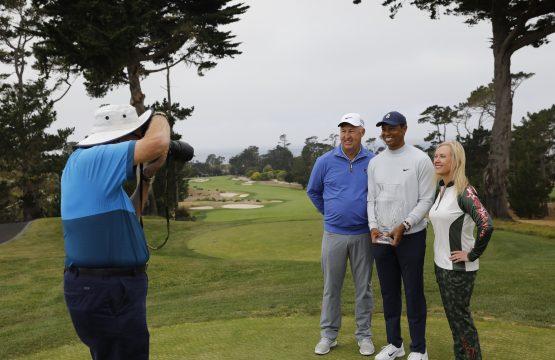Shaping Our Future with STEM: My International STEM Studio Journey
There is a new set of action-based principles I live my life by, which are to Innovate, Collaborate and Create. These three principles are the guidelines for achieving success and building a better world. This is also the goal of the TGR EDU: Create. These principles motivate me to keep on moving until I accomplish my goals. Your limitation- it’s only your imagination.
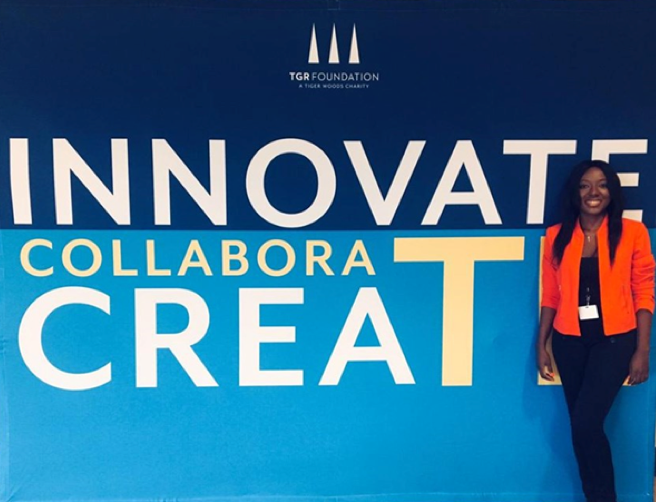
International STEM Studio is an amazing initiative. I learned about it after the CEO of Soronko Academy, my boss, attended the inaugural training in 2018. She came back with a new perspective on how to teach science, technology, engineering and math (STEM) at the academy and how to organize training of the trainer sessions to enable her to share the knowledge she had gained with others, who trained in different parts of Ghana. When she asked me if I would like to take part in the next cohort of the International STEM Studio, I jumped on board with excitement. I couldn’t wait for the growth in the knowledge I knew the training session would come with. I thought about my students, and I knew this was an opportunity to provide them with better education and guide them toward achieving their goals.
On July 25th I embarked on a trip to the flagship TGR Learning Lab in Anaheim, CA sponsored by the United States African Development Foundation (USADF) to participate in International STEM Studio. The content and information which was given to me before the training was detailed and informative. It allowed me to be prepared and self-assured for the training. Soronko Academy is a skill and development academy. We teach digital skills and human-centered design to children and adults. As the Project Manager/Trainer at Soronko Academy, I was excited to see how I could integrate science, math and engineering fully in the academy. We kicked off the training on Sunday, with introductions and participated in BINGO and a goose chase activity to strengthen the interactions between the participants gathered in the room and get to know each other more. I was excited to be in the presence of educators and curriculum development specialists from countries worldwide.
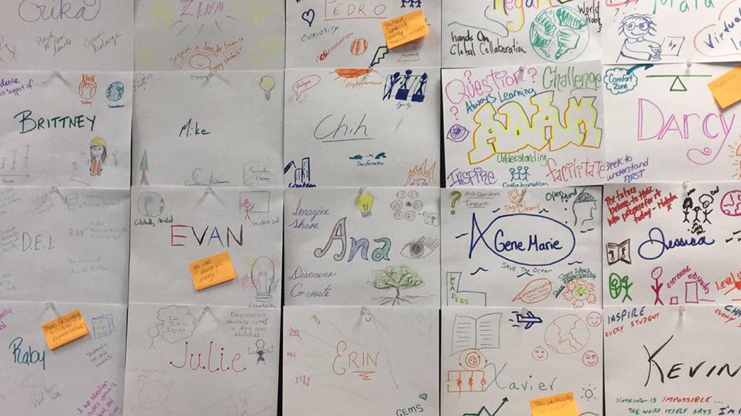
TGR Foundation provides a higher quality learning experience and a safe and positive space for students to spend time learning, critically-thinking, problem-solving and collaborating. During the week we studied Inquiry-based learning, Question-Based Focus, 5E structure, Bloom vs. Webb’s quick draw, collaborative learning and drone technology. These courses focused on each part of STEM training. The course was an eye-opener to me; in my country, our method of learning is theory-based and centered on root memorization. This course aided me in understanding how to engage the kids in STEM to make it practical and applicable to real-life situations. I appreciated and loved how the teaching model was designed in a manner that constantly kept us engaged. I was also able to learn a lot from the other educators and collaborate with them on projects, which helped me get a different perspective on each topic in the training.
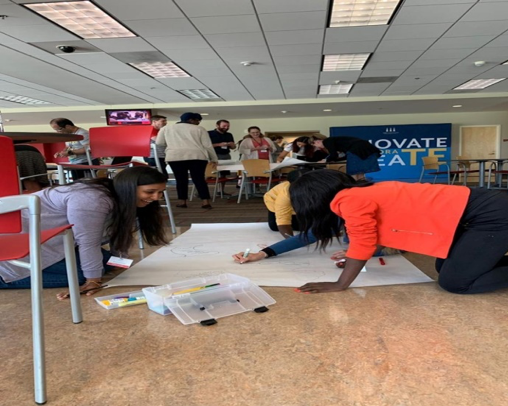
We had a collaborative hour each night, where educators shared their work, asked questions and formed partnerships. This was an amazing addition to the training. It showed me the importance of collaboration with different educators and having students collaborate on projects. I also was able to pick several ways to help make technology a tool of communication in the classroom between the students and their peers and also between students and their trainers. My highlight of the training was learning drone technology; we are trying to incorporate more practical technology at Soronko Academy. Drone Technology has a lot of benefits, and the students can learn to use these benefits to help their communities.
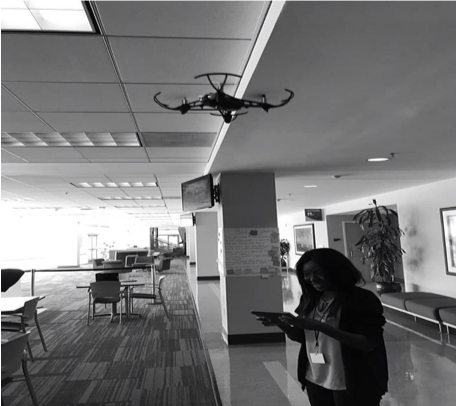
The International STEM Studio was a great learning curve, and I will always recommend it to other trainers. I met educators that I will stay in contact with, and we will help each other change the world one student at a time. I always say that educators are the primary agents when it comes to education. The TGR Foundation facilitators were exceptional in the delivery of the content.
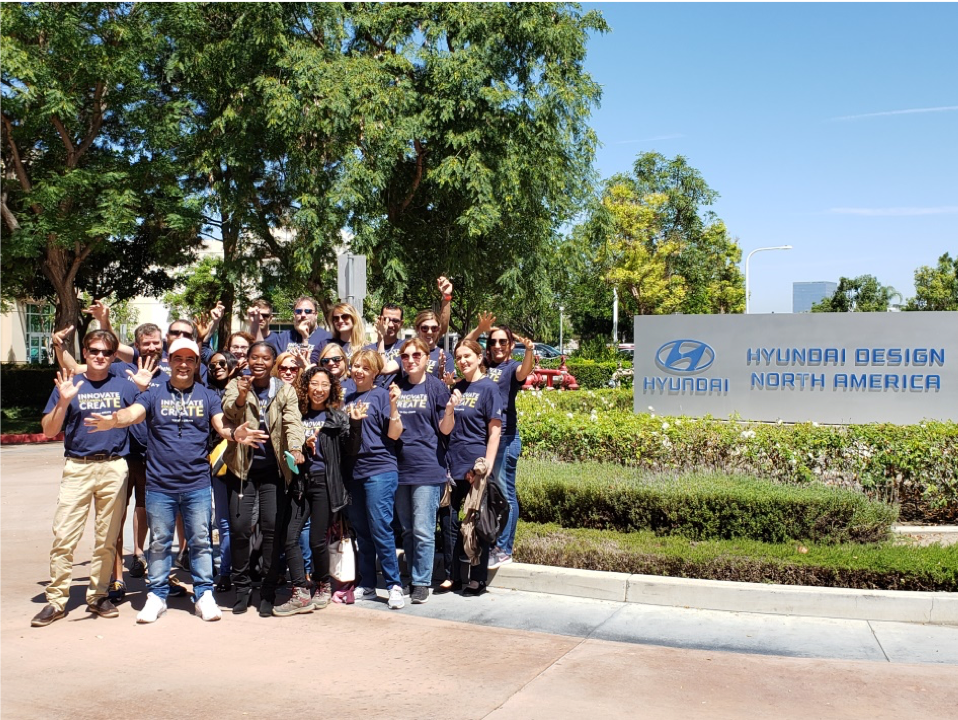
After an amazing training, I had an opportunity to come back to my country and recreate my training. On Friday the 30th of August 2019, I had a training session for trainers from the Village of Hope and Soronko Academy. I was excited to transfer my knowledge from the International STEM Studio.
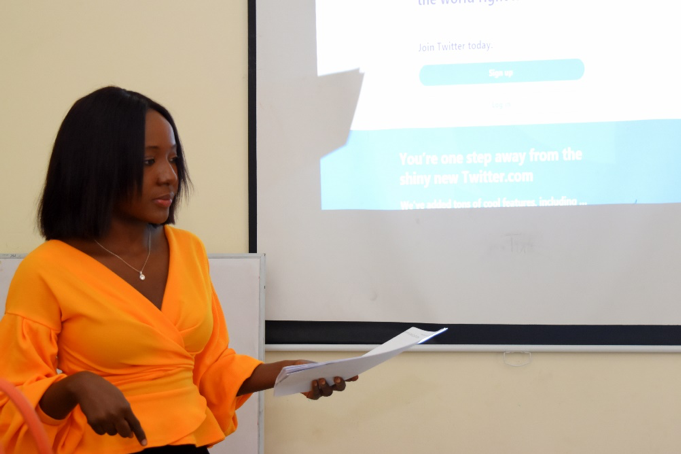
I took them through the Flip Grid tool which is a social learning platform that allows educators to ask a question, then the students respond in a video. Students are then able to respond to one another, creating a “web” of discussion. I also demonstrated how Twitter can be used as an educational tool in the classroom. It was a successful training of the trainer’s session, and I can’t wait to see how the students respond to it. As David Warlick said, ‘We need technology in every classroom and in every student and teacher’s hand, because it is the pen and paper of our time, and it is the lens through which we experience much of our world.’
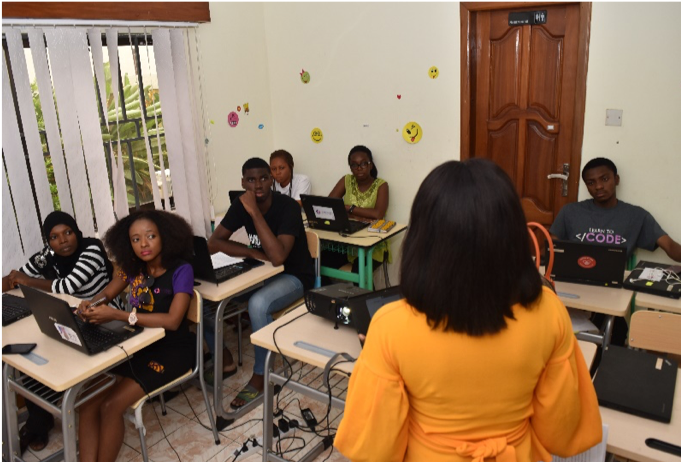
Redefining what it means to be a champion.


